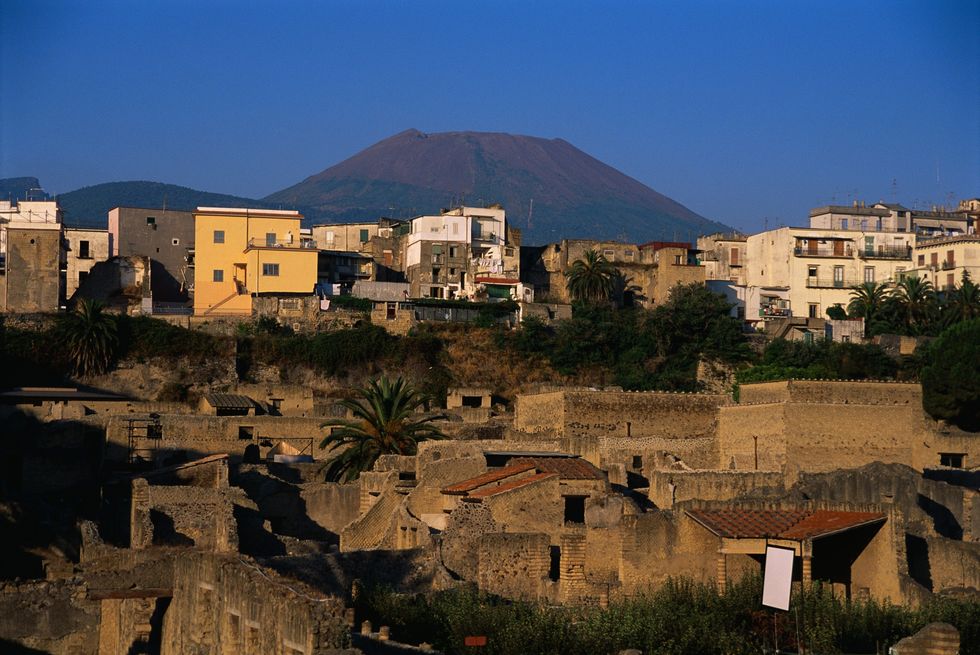Historians have finally solved the mystery of the lost grave of one of the fathers of western philosophy.
Experts used infrared and x-ray scanners to examine a 2,000-year-old carbonised scroll to discover the final resting place of Plato.
Advanced scanning techniques were used to better understand one of hundreds of hard to read papyrus scrolls carbonised at the Roman city of Herculaneum after the eruption of nearby Mount Vesuvius.
They have now discovered that Plato was buried in the garden of his Athens academy, near to a sacred shrine to the muses.
The key scroll was one of several discovered in a villa at Herculaneum. Many of them have been damaged in attempts to unroll them in the 18th century and today 1,840 fragments are kept at the Victor Emmanuel III National Library in Naples.
Head of the Institute of Heritage Science Costanza Miliani said: “Carbon-based ink was used to write on the scrolls, which were basically themselves turned to carbon by the eruption, making them very difficult to read.”
Most of the document has been previously read, but the scans allowed 1,000 previously illegible words to become legible.
Pisa University expert Graziano Ranocchia said: “We knew Plato was buried at the academy, which was very large, but thanks to the scans we now know he was buried in a garden in a private area, near the sacred shrine to the Muses.”
LATEST DEVELOPMENTS

Herculaneum was destroyed following the eruption of Mount Vesuvius
Getty
Having been originally taught by Socrates, Plato is credited with developing metaphysics, ethics and aesthetics.
The scroll has also showed that the story of Plato’s capture and enslaving in 387BC by Dionysius, the ruler of Syracuse, needed correcting.
Ranocchia said: “The text reveals he was enslaved years earlier, in 404 or 399BC, most likely by the Spartans.”
Around 400-500 scrolls, which were not unrolled and have never been studied, may soon be read following a breakthrough last year involving high powered CT scans and artificial intelligence.
Ranocchia said: “We should be able to read more of texts written on the back of scrolls or on overlapping layers which stuck together during unrolling.
“We are now working on works about the Stoics, the Socratics, the Pythagoreans and the Epicureans and expect to make real progress.”
Source Agencies




